It's easy to be overwhelmed by the choices available when selecting new windows or replacements for existing windows. Size, glass type, divided lites, wood species, finish color and hardware are just some of the decisions to be made.
Before considering the customization possibilities of all these options, let's start with two basic questions:
1. Do you want a window that opens and closes?
2. If you do want an operable window, which type is best?
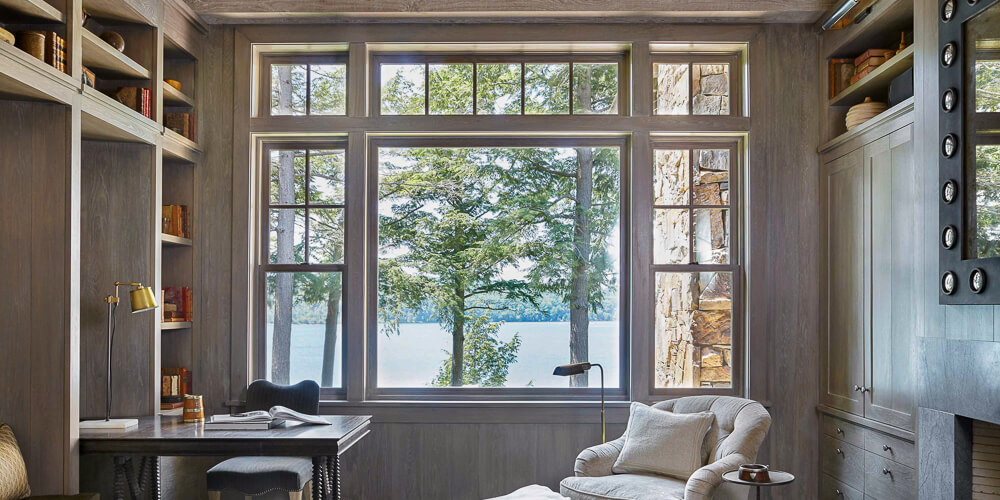
Not all windows open. These are called fixed windows. Fixed windows commonly are paired with operable windows. Most often, we see this in a living room where the homeowner wants a very large viewing area at the center with smaller windows at the sides, top or bottom for ventilation.
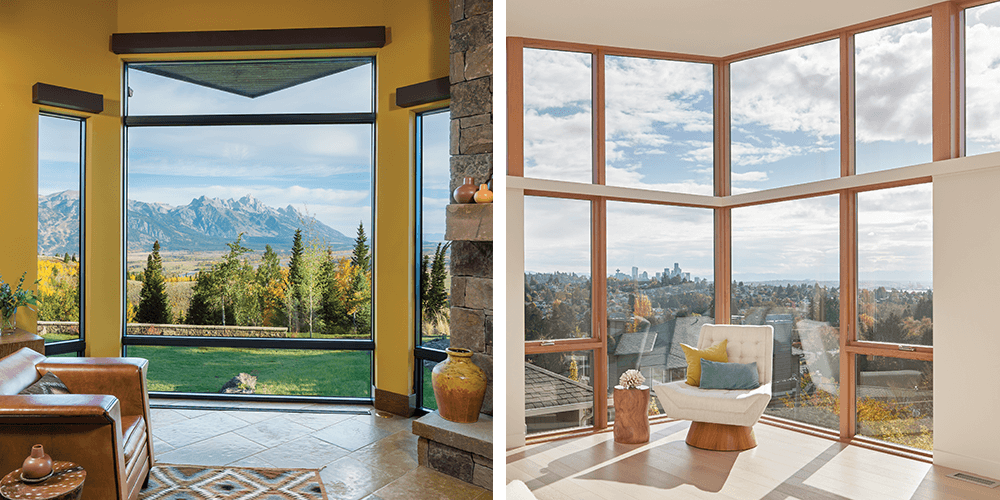
A type of fixed window, direct sets have the glass set directly into narrow frames to maximize the daylight opening. The frames' narrow profile can be specified to match the adjacent windows and doors. Direct sets are especially popular for 90-degree corner units, to fully capitalize on the view.
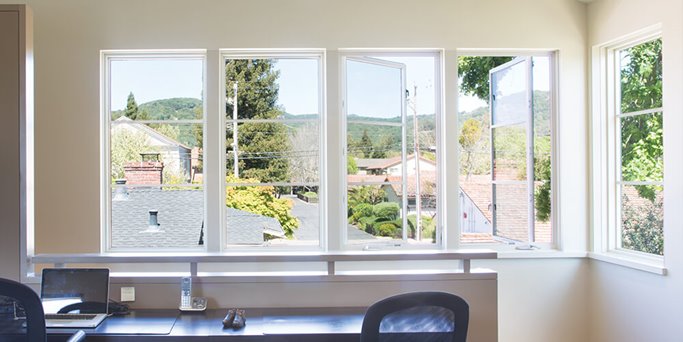
Generous views and natural ventilation are offered in a number of operable windows, but the largest venting units typically are casements. These side-opening windows are often noted for their energy efficiency and weathertight seals. They can either open to the outside using push-out or crank-out hardware, or can swing into the room's interior. The choice of operation largely depends on the surroundings as the open window will protrude from its frame.
As examples: You may want to avoid a push-out that would bump into your deck's grilling station. A crank-out may be the best fit for a casement located above a bed, oven, sink or tub. For city dwellers with little space between homes, an inswing will eliminate potential obstructions and help maintain neighborly relationships.
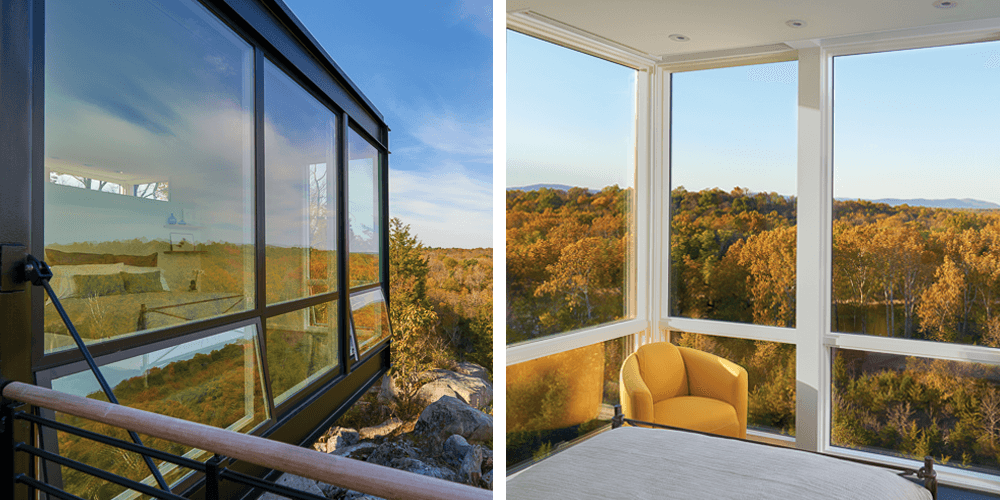
Like casements, awnings feature crank-out and push-out operation, which physically project to the outside for natural ventilation. Unlike casements, these top-hinged units can be left open even during light rain. This makes them ideal for bathrooms, kitchens and places where there can be a lot of moisture that needs to be vented.
Awnings also frequently complement fixed units to expand the viewing area while adding the benefit of fresh air. Configurations include fixed over awning, awning over fixed, or awning windows both above and below a fixed window. Additionally, awnings can pair with other venting units with an endless number of configurations and options to let the fresh air in.
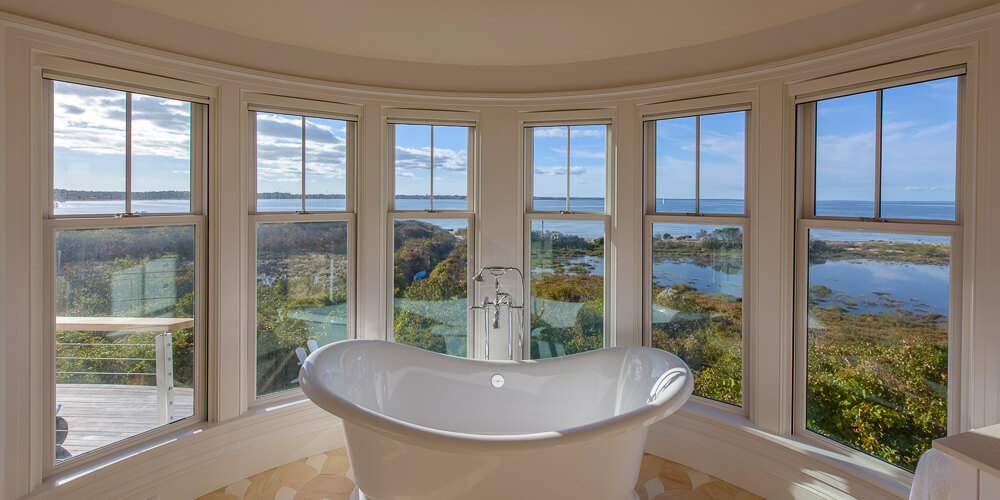
Hung windows are more accurately described as hung sash windows. The number of operable sash defines the name. A single hung window has one operable sash that usually is positioned below a fixed. A double hung window has two operable sash where both the top and bottom can be opened for cross ventilation. Triple hung options also are available, where two or all three sashes may move within a very large frame.
To open a hung window, most rely on a person's strength and ability to lift the lower sash upward and push the upper sash downward. Hardware and construction are essential for smooth operation, especially with oversized units.
Perceived as a more traditional design, hung windows pre-date the American colonies as the original operable window type of home construction. Historic examples of these windows can be seen in restored 17th century English and Dutch residences.
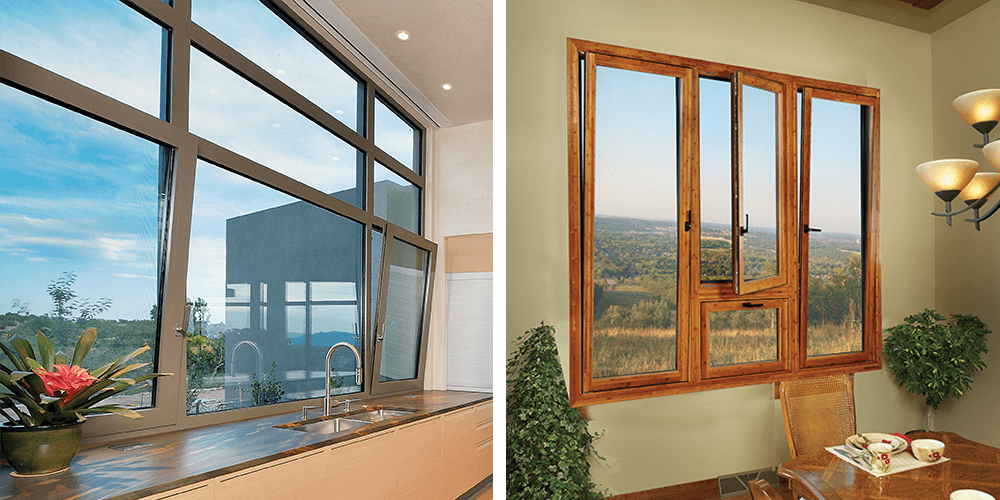
Another European-inspired window type, tilt-turn windows feature two types of operation in one unit: A simple handle movement allows the window to open like an inswing or, turning the handle the other direction, to tilt inward. Bottom-hinged, top-opening windows are called “hopper” windows by industry professionals. Because tilt-turn windows always project to the interior, they keep the exterior clear of obstructions; however, interior design must be planned carefully.
In their tilted position, some homeowners also feel the windows offer greater security than an open awning or hung window. When closed, these are one of the best sealing windows. A combination of airtight seal and high-performance glass makes these windows highly rated by energy-focused residential guidelines, such as ENERGY STAR® certified products and Passive House Institute of the U.S. (PHIUS) verified products.
For optimal performance, windows and their glass selection can be fine tuned room by room and floor by floor to meet the project's unique climate and conditions. Beyond their weathertightness, well sealed windows generally also provide improved acoustic performance and contribute to a more comfortable interior.
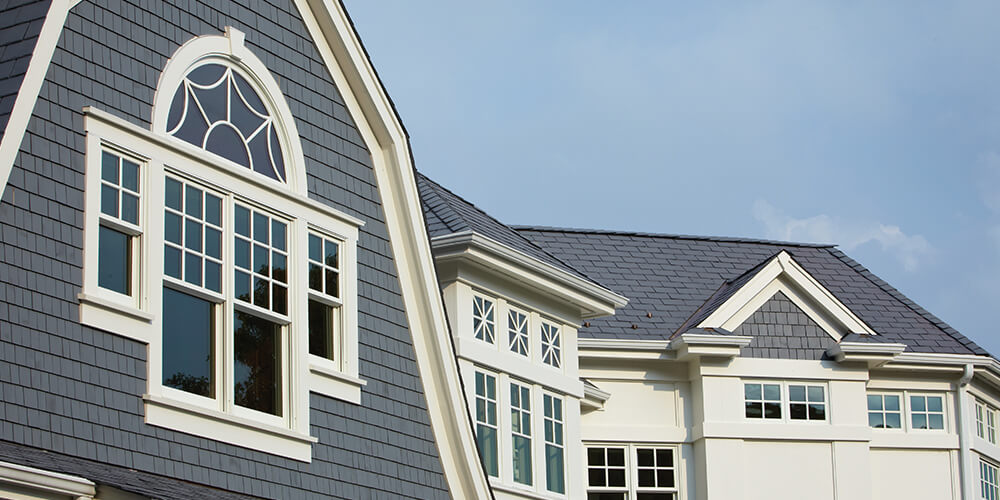
Arch topped windows, also referred to as radius units, soften and elongate traditional hung window designs with a curved top. Cottage style hung windows feature a shorter sash on top and a larger one on bottom. Divided lites can accentuate the historically inspired look using either true divided lites, where the grid physically separates the glass into smaller sections, or performance divided lites, where the grid is applied to the glass to simulate the classic look, while maintaining modern performance.
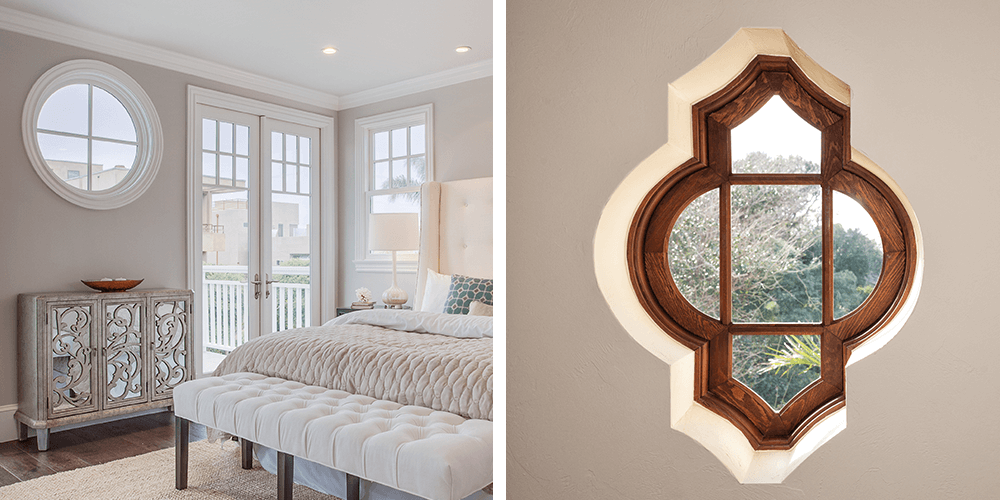
Ovals, circles, trapezoids and other custom shapes also can be crafted to match the design style and décor of your home. While most windows constructed to non-rectangular forms are fixed, depending on the geometry, some may be engineered as operable windows. Adding tinted, colored, patterned or finely crafted glass enhances the desired aesthetic.
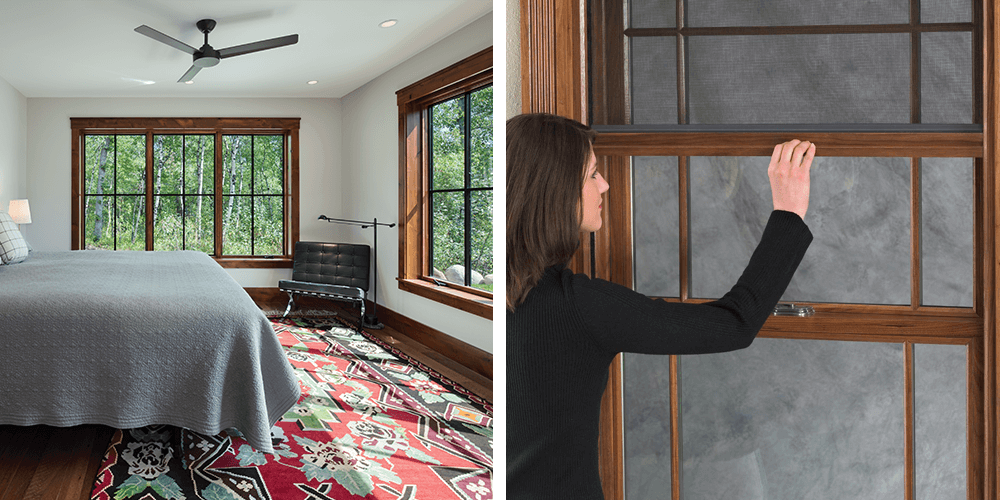
Hardware selection further defines the traditional or contemporary appearance. Regardless of their design preference, some homeowners consider screens as a distraction for the clean, neat look they want their homes to showcase. Retractable screens provide a nice compromise for hung and casement windows. When the windows are closed, the screens seem to disappear to retain uninterrupted views.
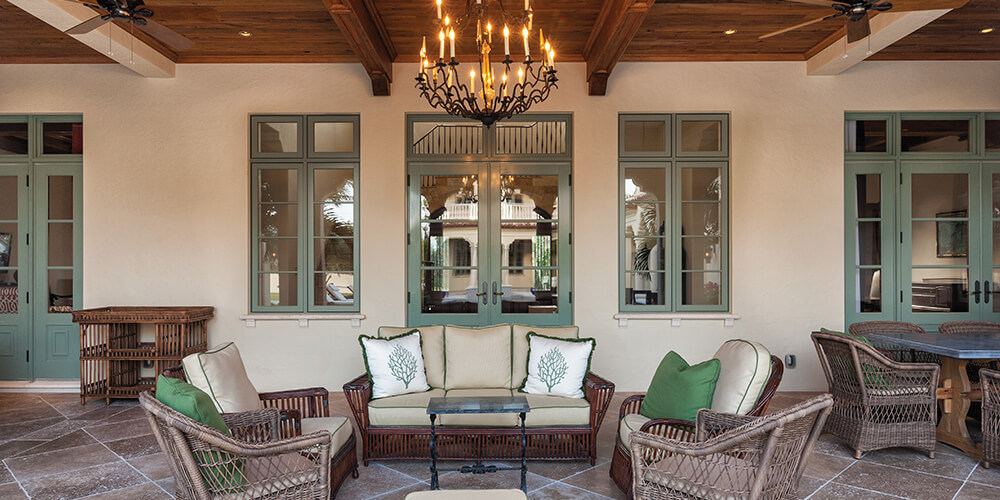
Exterior and interior finishes can be customized. You can have a variety of wood species, stains or paints that uniquely match each room of your home, and a different palette that is consistent with your exterior architectural style and neighborhood.
Let us assist you and your architectural and building team in selecting and customizing the best windows for your home. Find your local dealer by entering your zip code below.